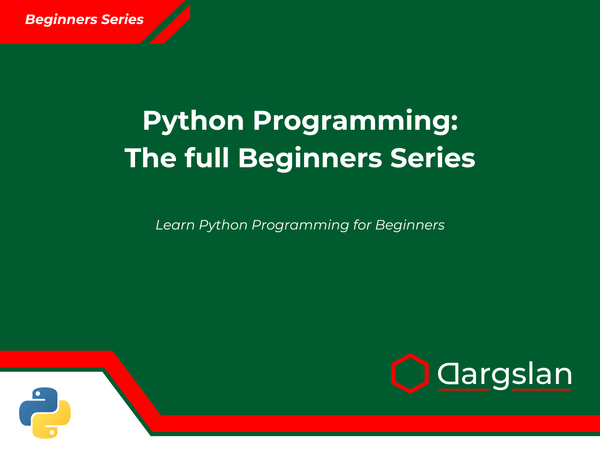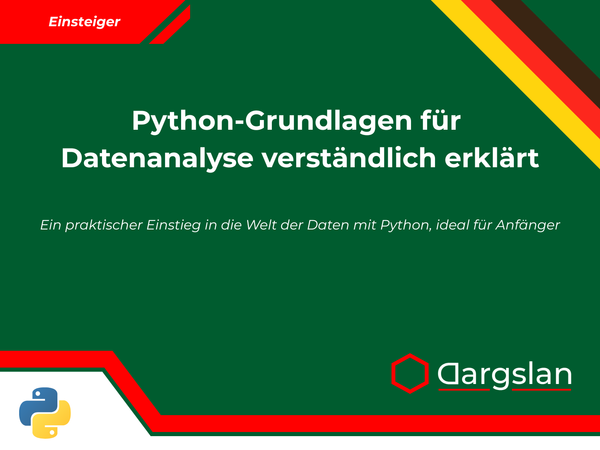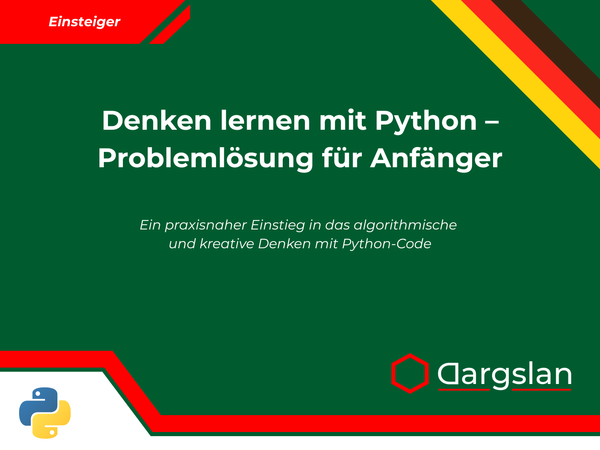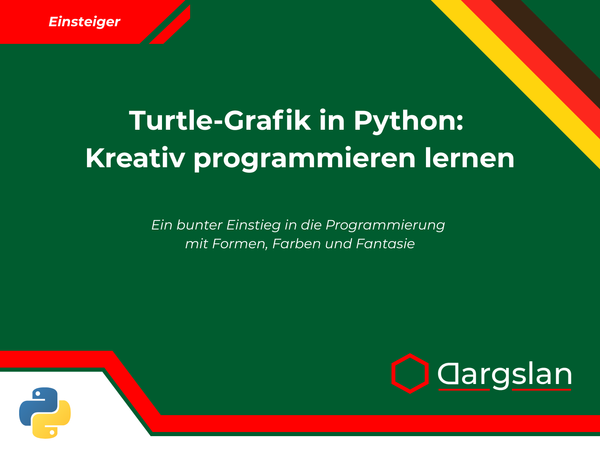Book Review: Using SQLite with Python: A Practical Guide

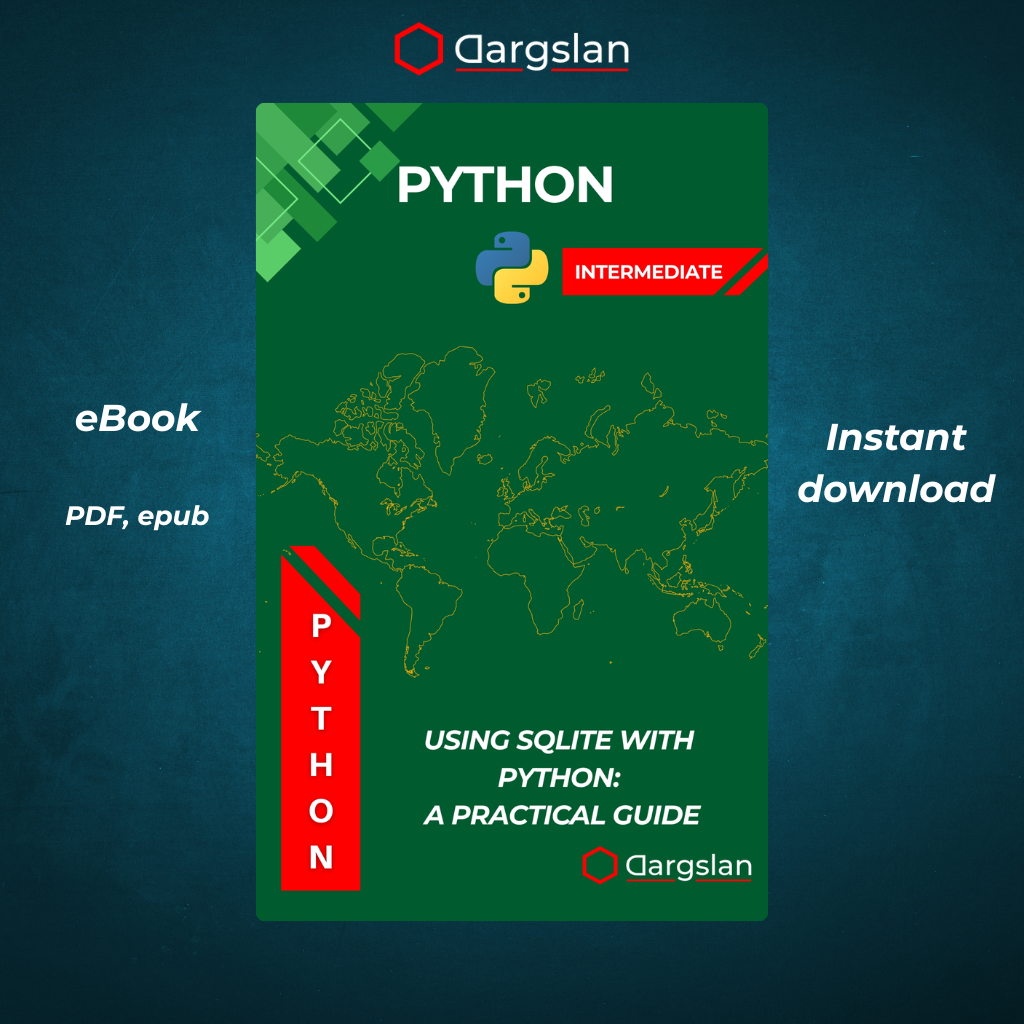
Using SQLite with Python: A Practical Guide
Build Lightweight, Database-Driven Python Applications with the sqlite3 Module
"Using SQLite with Python: A Practical Guide" - Comprehensive Book Review
Executive Summary
"Using SQLite with Python: A Practical Guide" is an essential resource for Python developers looking to integrate lightweight database functionality into their applications. Written by Dargslan, this book expertly bridges the gap between Python programming and SQLite database operations, offering a systematic approach to building efficient, portable, and powerful database-driven applications. From basic CRUD operations to advanced transaction management and real-world project implementation, this comprehensive guide provides both theoretical knowledge and practical skills necessary for mastering SQLite within the Python ecosystem.
Introduction: Combining the Power of Python and SQLite
In today's data-driven application landscape, developers increasingly need lightweight, efficient database solutions that don't require complex server setups. "Using SQLite with Python: A Practical Guide" addresses this need perfectly by focusing on the powerful combination of Python—one of the world's most popular and versatile programming languages—and SQLite—a self-contained, serverless, zero-configuration database engine.
The book's premise recognizes a critical reality in modern development: not every project requires a heavyweight database system like PostgreSQL or MySQL. Many applications benefit from SQLite's simplicity, portability, and reliability, especially when paired with Python's elegant syntax and robust standard library. As the author eloquently states in the preface, readers aren't just learning about "a database or a programming language – you're unlocking the potential to create efficient, portable, and powerful Python applications."
Target Audience and Prerequisites
This book caters to several distinct audiences:
- Python developers seeking to add database capabilities to their applications
- Data scientists who need efficient ways to store and query structured data
- Application developers looking for embedded database solutions
- Students and educators studying database integration in Python applications
- Self-taught programmers expanding their skill set
While the book doesn't explicitly state prerequisites, it appears designed for readers with basic Python knowledge. No prior database experience is required, making it accessible to beginners while still offering valuable insights for experienced developers.
Content Analysis: Chapter-by-Chapter Breakdown
Chapter 1: Why Use SQLite with Python?
The opening chapter establishes the foundation for the entire book by addressing a fundamental question: why choose SQLite for Python applications? According to the table of contents, this chapter likely explores:
- SQLite's advantages as a lightweight, serverless database
- Comparison with other database systems (MySQL, PostgreSQL, etc.)
- Use cases where SQLite excels (and where it might not be appropriate)
- The benefits of Python's built-in
sqlite3module - How SQLite facilitates rapid development and deployment
This chapter appears to set the stage for practical learning by helping readers understand the strategic advantages of the SQLite-Python combination before diving into technical implementation.
Chapter 2: Getting Started with sqlite3
Chapter 2 introduces readers to Python's sqlite3 module—the bridge between Python code and SQLite databases. Based on similar introductory chapters in programming books, this section likely covers:
- Installing and importing the
sqlite3module - Creating a new database connection
- Basic database and table creation syntax
- Understanding cursor objects
- Simple query execution patterns
- SQLite data types and their Python equivalents
- Database schema fundamentals
This foundational chapter provides the technical groundwork necessary for all subsequent chapters, ensuring readers have a functional understanding of how Python interfaces with SQLite.
Chapter 3: CRUD Operations (Create, Read, Update, Delete)
CRUD operations form the backbone of any database application, and Chapter 3 focuses specifically on implementing these essential functions with Python and SQLite. This chapter likely explores:
- Creating records with
INSERTstatements - Reading data with
SELECTqueries and cursor methods - Updating existing records with
UPDATEcommands - Deleting data with
DELETEoperations - Handling query results in Python (fetching techniques)
- Building dynamic CRUD functionality
- Error handling during database operations
By dedicating an entire chapter to CRUD operations, the book acknowledges their central importance in database programming and provides readers with comprehensive practice implementing these foundational techniques.
Chapter 4: Using Python Variables in Queries
Chapter 4 addresses one of the most important aspects of database programming: safely incorporating dynamic values into SQL queries. This chapter likely covers:
- The dangers of SQL injection and why string concatenation is problematic
- Parameter substitution techniques (?, :name, etc.)
- Using tuple and dictionary parameters
- Working with prepared statements
- Best practices for secure query construction
- Dynamic query building patterns
- Handling different data types in parameterized queries
This critical chapter bridges pure SQL knowledge with Python programming principles, teaching readers how to dynamically generate queries while maintaining security and code cleanliness.
Chapter 5: Working with Dates, Numbers, and Text
Chapter 5 delves into the specifics of handling various data types in SQLite through Python. This specialized chapter likely explores:
- SQLite's native data types and their limitations
- Date and time handling (a traditionally complex area in SQLite)
- Numeric data type operations and calculations
- Text processing and string manipulation
- Type conversion between Python and SQLite
- Data validation techniques
- Using SQLite functions for data transformation
By focusing on specific data types, this chapter helps readers overcome common challenges in data representation and manipulation that occur in real-world database applications.
Chapter 6: Managing Connections and Transactions
Chapter 6 elevates readers' understanding to more advanced database concepts, focusing on connection management and transactions. This important chapter likely covers:
- Connection pooling and resource management
- Understanding transaction principles
- Implementing atomic operations with
commit()androllback() - Using context managers (
withstatements) for database operations - Error handling within transactions
- Performance considerations
- Isolation levels and their implications
- Optimizing connection usage patterns
This chapter addresses critical aspects of database programming that impact application reliability, data integrity, and performance—essential knowledge for production-quality applications.
Chapter 7: Querying with Joins and Relationships
Chapter 7 advances into more sophisticated SQL territory by exploring relationships between tables and complex query construction. This chapter likely covers:
- Database normalization principles
- Designing related tables with primary and foreign keys
- Inner, outer, left, and right joins
- Implementing one-to-many and many-to-many relationships
- Subqueries and compound queries
- Aggregation functions and grouping
- Optimizing complex queries
- Modeling real-world relationships in database schema
By addressing these concepts, the chapter helps readers move beyond simple single-table operations to build truly relational database solutions.
Chapter 8: Exporting and Importing Data
Chapter 8 focuses on data interchange—getting data in and out of SQLite databases. This practical chapter likely covers:
- CSV import and export operations
- JSON data integration
- Working with pandas DataFrames and SQLite
- Backup and restore procedures
- Migrating data between database systems
- Bulk import techniques
- Data transformation during import/export
- Handling encoding and special characters
This chapter addresses essential workflows for real-world data processing, helping readers integrate SQLite databases with broader data ecosystems.
Chapter 9: Building a Real Project with SQLite + Python
Chapter 9 represents the culmination of earlier learning, guiding readers through the development of a complete application. This project-based chapter likely:
- Outlines a practical application scenario
- Guides readers through requirement analysis
- Demonstrates database schema design for the project
- Implements a complete Python application with SQLite backend
- Shows how to structure code for maintainability
- Addresses error handling and edge cases
- Provides testing strategies
- Demonstrates deployment considerations
This hands-on chapter bridges theoretical knowledge with practical application, showing readers how concepts come together in real-world development.
Chapter 10: Tips, Tools, and Next Steps
The final chapter extends beyond core SQLite and Python integration to provide broader context and growth opportunities. This chapter likely covers:
- Performance optimization techniques
- SQLite GUI tools and extensions
- Alternative Python SQL libraries (SQLAlchemy, etc.)
- Debugging and troubleshooting strategies
- When to migrate from SQLite to other database systems
- Resources for continued learning
- Security best practices
- Latest developments in SQLite and Python integration
This forward-looking chapter provides valuable perspective on how the skills learned fit into the broader development landscape.
Appendices: Practical References
The book includes several appendices that serve as quick references:
- SQLite Syntax Quick Reference: A condensed guide to SQLite's SQL dialect
- sqlite3 API Cheat Sheet: Essential functions and methods from the Python module
- Sample Databases for Practice: Ready-to-use databases for experimentation
- Common Errors and Fixes: Troubleshooting guide for typical issues
These reference materials enhance the book's practical utility, making it valuable long after the initial reading.
Key Strengths and Unique Features
1. Practical, Hands-On Approach
The book's structure reveals a strong emphasis on practical application rather than theory alone. Each chapter builds toward functional knowledge, culminating in a complete project implementation. This approach helps readers develop muscle memory for database operations and see real-world applications of concepts.
2. Comprehensive Coverage of the sqlite3 Module
Rather than simply providing a surface-level overview, the book appears to dive deep into Python's built-in sqlite3 module capabilities. This thoroughness ensures readers can leverage the full power of SQLite from Python without relying on additional packages.
3. Security-Conscious Methodology
By dedicating an entire chapter to variable interpolation and query construction (Chapter 4), the book demonstrates a security-first mindset. This emphasis helps developers avoid common pitfalls like SQL injection vulnerabilities from the beginning.
4. Balanced Learning Progression
The chapter sequence shows a well-thought-out learning path, starting with fundamentals and progressively introducing more complex concepts. This scaffolded approach prevents overwhelm while building comprehensive skills.
5. Focus on Real-World Application
The inclusion of data import/export techniques, transaction management, and a complete project implementation grounds the learning in practical scenarios developers actually encounter.
SQLite and Python: A Powerful Combination
This book addresses a specific technological pairing that offers unique advantages:
SQLite Benefits
- Zero configuration: No server setup or administration required
- Cross-platform compatibility: Works identically across operating systems
- Single file storage: Entire database exists in one file for easy deployment
- Reliability: ACID-compliant with robust transaction support
- Public domain licensing: Free for any use without restrictions
- Wide adoption: Used in browsers, mobile phones, and countless applications
Python Integration Advantages
- Standard library support: No external dependencies required
- Simple API: Clean, Pythonic interface to database operations
- Type adaptation: Automatic conversion between Python and SQLite data types
- Context manager support: Resource management through
withstatements - Cross-platform consistency: Works identically across Python environments
Together, these technologies enable rapid development of data-driven applications that can be easily distributed and deployed without complex infrastructure requirements.
Educational Approach and Writing Style
Based on the preface, the book appears to adopt an approachable, practical writing style. The author acknowledges that readers aren't just learning technical skills but "unlocking potential" to create applications. This framing suggests a motivational, empowering approach rather than dry technical instruction.
The frequent mention of "hands-on examples" and "practical exercises" indicates an active learning model where readers are encouraged to code along and experiment. This approach aligns with best practices in programming education, where actual coding reinforces conceptual understanding.
Comparison with Similar Resources
While there are numerous Python database programming resources available, "Using SQLite with Python" distinguishes itself through:
-
Exclusive focus on SQLite: Unlike general database books that cover multiple systems, this focused approach allows deeper exploration of SQLite-specific features and optimizations.
-
Practical project orientation: Many resources stop at theoretical examples, while this book builds toward complete application implementation.
-
Comprehensive coverage: The book addresses the entire development lifecycle from setup to optimization, rather than covering only basic operations.
-
Built-in module emphasis: By focusing on the standard library
sqlite3module rather than third-party ORMs, the book provides fundamental skills that remain relevant regardless of framework choices.
Who Should Read This Book
Based on the content analysis, this book is particularly valuable for:
- Web developers building data-driven applications without complex infrastructure
- Desktop application developers needing embedded database functionality
- Data scientists requiring simple, file-based data storage solutions
- Mobile application developers working with Python frameworks
- Students learning database programming principles
- System administrators creating data-driven tools and utilities
- Hobbyist programmers expanding their skill set
The book appears accessible to intermediate Python programmers while offering value to experienced developers seeking SQLite-specific knowledge.
Practical Applications of Knowledge Gained
Readers who master the material in this book would be equipped to build:
- Data collection applications that store structured information locally
- Content management systems with SQLite backends
- Configuration and settings managers for larger applications
- Data analysis tools with persistent storage
- Offline-capable web applications using SQLite for local data
- Testing environments mimicking production databases
- Lightweight APIs backed by SQLite databases
- Personal productivity tools with structured data storage
- Educational projects demonstrating database concepts
- Prototypes that can later migrate to larger database systems
SQLite in the Modern Development Landscape
It's worth noting that despite being a "lightweight" database, SQLite plays a crucial role in modern software development. It powers parts of iOS and Android, browsers like Chrome and Firefox, and countless desktop applications. The skills taught in this book therefore transfer to many commercial and open-source contexts.
As applications increasingly require offline functionality and simple deployment, SQLite's relevance has only grown. The book positions readers to leverage this technology in both traditional and emerging application patterns.
Technical Accuracy and Currency
While a full assessment would require reading the complete text, the book's organization suggests thorough coverage of SQLite and Python integration. The inclusion of chapters on transactions, relationships, and data interchange indicates technical depth beyond basic tutorials.
The book appears to balance timeless database concepts with specific Python implementation details, promising longer-term relevance than resources tied to particular frameworks or trends.
Learning Outcomes and Skill Development
Readers who complete this book can expect to develop:
- Technical skills in Python database programming
- Design thinking for database schema and query optimization
- Security awareness for safe database operations
- Problem-solving abilities for common database challenges
- Project implementation knowledge for complete applications
- Data modeling concepts applicable to many database systems
- Performance optimization techniques for efficient operations
- Debugging strategies for database-related issues
These outcomes represent both immediate practical skills and foundational knowledge that transfers to other database technologies.
Integration with the Python Ecosystem
The book acknowledges Python's broader ecosystem by including content on pandas integration, suggesting awareness of how SQLite fits into data science and analysis workflows. This integration perspective helps readers connect SQLite skills with other Python domains.
By focusing on the standard library implementation, the book also ensures compatibility with virtually all Python environments and projects, maximizing the applicability of the knowledge gained.
Conclusion: A Valuable Resource for Python Database Development
"Using SQLite with Python: A Practical Guide" appears to be a comprehensive, well-structured resource for developers seeking to implement lightweight database functionality in Python applications. Its practical approach, focus on security, and progression from fundamentals to complete projects make it valuable for both learning and reference purposes.
The book recognizes the unique value proposition of SQLite—simplicity, reliability, and zero configuration—while providing the technical depth needed to leverage its capabilities fully through Python. For developers who don't need the complexity of client-server database systems but require more than simple file storage, this guide fills an important knowledge gap.
In an era where development velocity and deployment simplicity are increasingly prioritized, the skills taught in this book remain relevant and valuable. Whether building prototype applications, implementing embedded databases, or simply learning database concepts, readers will find practical wisdom in this focused guide.
For Python developers looking to add database skills to their toolkit, "Using SQLite with Python: A Practical Guide" promises to be an essential companion—combining technical accuracy with practical applicability in a comprehensive learning journey.
Further Resources for SQLite and Python Development
To complement the learning from this book, readers might consider exploring:
- The official SQLite documentation (sqlite.org)
- Python's sqlite3 module documentation
- DB Browser for SQLite (a GUI tool for database exploration)
- SQLite command-line interface for direct database manipulation
- The SQLAlchemy ORM for higher-level database abstraction
- Testing frameworks for database-driven applications
- Version control strategies for SQLite database files
- Performance profiling tools for database operations
These additional resources can extend the knowledge gained from the book into specialized areas of database development and optimization.
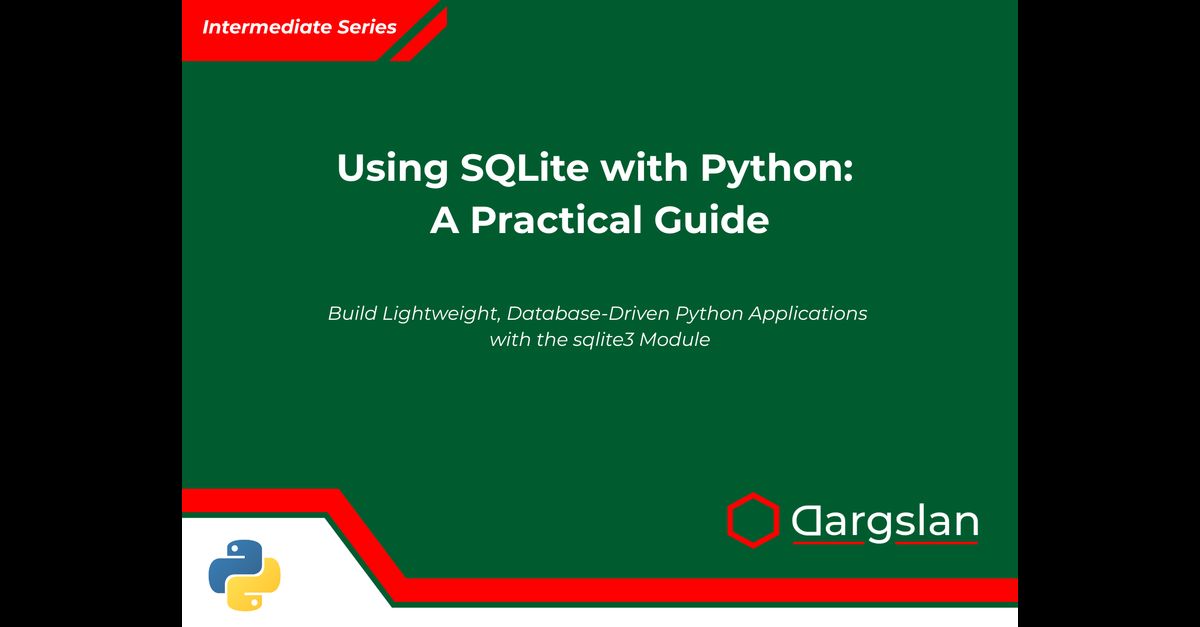
Using SQLite with Python: A Practical Guide



